
In this increasingly interconnected landscape, understanding how technological innovation and global governance systems interact is essential for creating sustainable, ethical, and effective policy frameworks that can harness the benefits of technology while mitigating potential risks.
The Symbiotic Relationship Between Technology and Policy
The dynamic interplay between technological innovation and policy development
Technology and policy exist in a continuous feedback loop. Technological innovations create new possibilities and challenges that demand policy responses, while policy frameworks shape the direction and pace of technological development. This symbiotic relationship is particularly evident in emerging fields where the boundaries between different technologies are increasingly blurred.
According to the World Economic Forum, we are witnessing unprecedented convergence across artificial intelligence, robotics, biotechnology, quantum computing, and other fields. These technologies not only reinforce one another but also interact with existing systems, creating complex governance challenges that transcend traditional regulatory boundaries.
Key Drivers of Tech-Policy Convergence
- Accelerating pace of technological innovation
- Increasing cross-border data flows and digital interdependence
- Growing recognition of technology’s societal impacts
- Emergence of multi-stakeholder governance models
- Rising concerns about ethical implications and security risks
Deepen Your Understanding
Access our comprehensive report on emerging technology governance frameworks and their implications for international policy development.
Case Studies: When Technology Forces Policy Adaptation
The following case studies illustrate how technological advancements have compelled significant policy adaptations across different domains, highlighting both challenges and innovative responses.
Case Study 1: GDPR and Data Privacy Regulation
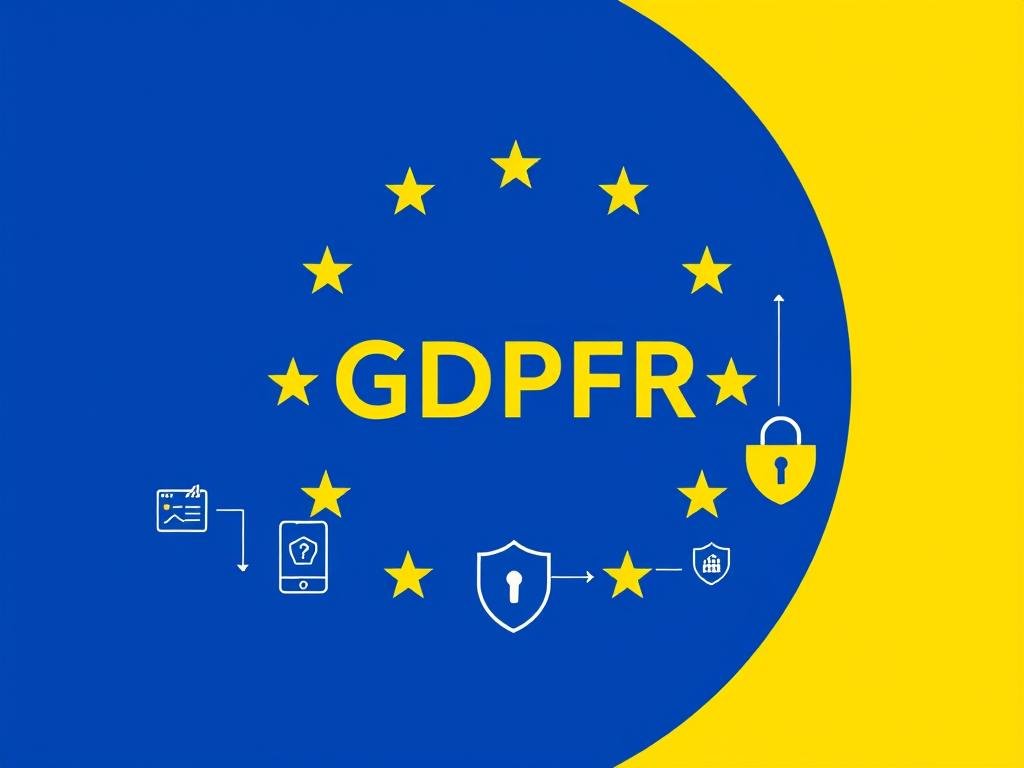
The European Union’s General Data Protection Regulation (GDPR) represents one of the most significant policy responses to technological change in recent history. As digital platforms and data analytics capabilities expanded exponentially, traditional privacy frameworks proved inadequate for protecting individual rights in the digital age.
GDPR introduced comprehensive requirements for data protection, including explicit consent mechanisms, the right to be forgotten, and substantial penalties for non-compliance. Its extraterritorial scope has influenced global technology development, with companies worldwide adapting their data practices to meet these standards.
“GDPR demonstrates how policy can effectively respond to technological change when it focuses on fundamental principles rather than specific technologies, allowing the framework to remain relevant as innovation continues.”
Case Study 2: Cryptocurrency and Financial Regulation

Blockchain technology and cryptocurrencies have fundamentally challenged traditional financial regulatory frameworks. The decentralized nature of these technologies has forced regulators to reconsider fundamental concepts like currency, financial intermediation, and jurisdictional authority.
Countries have responded with varying approaches, from Japan’s progressive recognition of Bitcoin as legal tender to China’s restrictions on cryptocurrency trading. International bodies like the Financial Action Task Force (FATF) have developed new standards for virtual asset service providers, highlighting the need for coordinated global responses.
Case Study 3: AI Ethics and Governance
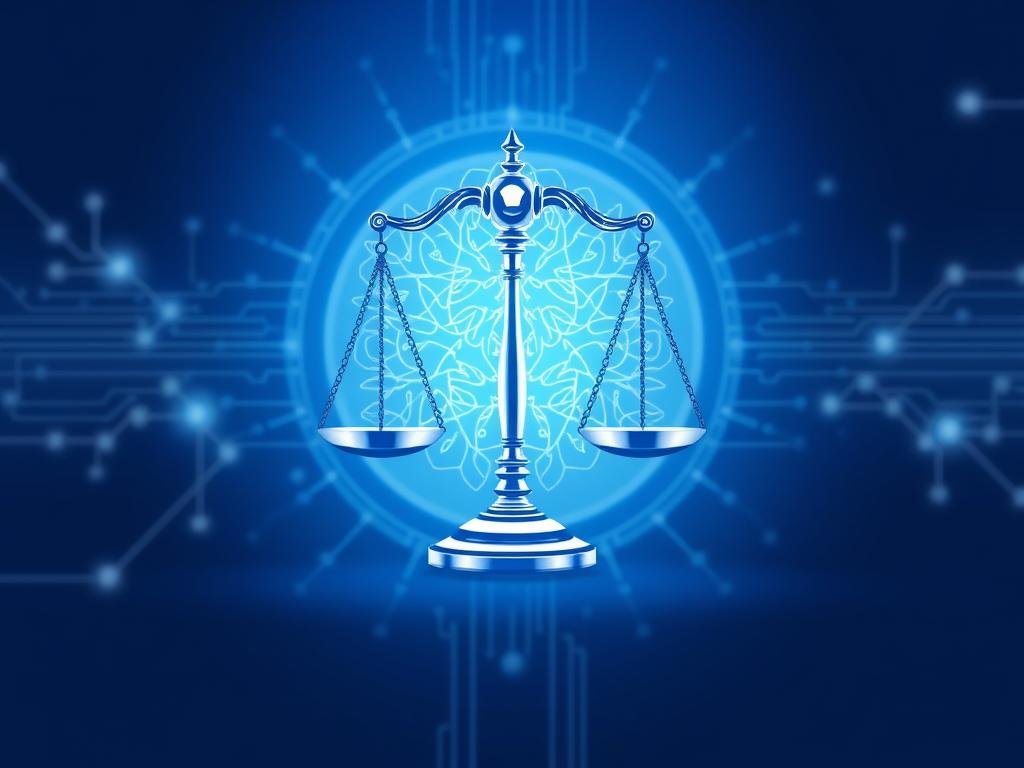
Artificial intelligence presents unprecedented ethical and governance challenges that have prompted new policy frameworks worldwide. The EU’s proposed Artificial Intelligence Act represents the first comprehensive attempt to regulate AI systems based on risk categories, while organizations like the OECD have developed AI principles focused on trustworthy development.
These frameworks address issues ranging from algorithmic bias and transparency to accountability for AI-driven decisions. The case of AI governance illustrates how policy must balance innovation enablement with appropriate safeguards for fundamental rights and values.
Explore Detailed Case Analyses
Gain access to our in-depth case studies examining how emerging technologies are reshaping international policy landscapes.
Challenges in Aligning Technology Development with Policy Processes

The fundamental challenge in the Convergence of Technology and International Policy lies in the mismatched timescales: technological innovation moves at an exponential pace, while policy development typically follows linear, deliberative processes. This temporal disconnect creates governance gaps that can lead to unintended consequences or missed opportunities.
Technology Development Characteristics
- Exponential growth patterns
- Driven by market forces and competition
- Often develops in private sector environments
- Prioritizes innovation and disruption
- Global by default, transcending borders
Policy Development Characteristics
- Linear, deliberative processes
- Requires stakeholder consultation
- Bound by jurisdictional limitations
- Prioritizes stability and predictability
- Often reactive rather than proactive
Key Governance Challenges
Opportunities
- Multi-stakeholder governance models
- Regulatory sandboxes for policy experimentation
- International coordination mechanisms
- Principle-based regulatory approaches
- Technology assessment frameworks
Obstacles
- Jurisdictional fragmentation
- Technical complexity requiring specialized expertise
- Competing national interests and approaches
- Regulatory capture by dominant market players
- Difficulty in anticipating technological impacts
Emerging Solution: Adaptive governance frameworks that establish core principles while allowing for flexible implementation as technologies evolve. These approaches focus on outcomes rather than prescriptive rules, enabling policy to remain relevant amid rapid technological change.
Regional Approaches to Tech-Policy Convergence
Different regions have developed distinctive approaches to managing the convergence of technology and policy, reflecting their unique values, priorities, and governance traditions.
| Region | Regulatory Approach | Key Priorities | Notable Frameworks | Strengths | Challenges |
| European Union | Comprehensive regulation with strong enforcement | Individual rights, market harmonization, ethical technology | GDPR, Digital Services Act, AI Act | Strong protection of fundamental rights, regulatory influence beyond borders | Potential innovation constraints, implementation complexity |
| North America | Sector-specific regulation with emphasis on innovation | Market competition, national security, innovation leadership | CCPA, USMCA Digital Trade Chapter | Innovation-friendly environment, flexible adaptation | Regulatory fragmentation, potential protection gaps |
| Asia-Pacific | Varied approaches from state-centric to light-touch | Economic development, technological sovereignty, social stability | China’s Cybersecurity Law, Japan’s Society 5.0 | Strategic technology investment, rapid implementation | Divergent regional standards, potential for digital divides |
These regional differences create both challenges and opportunities for global technology governance. While divergent approaches can lead to regulatory fragmentation and compliance burdens, they also enable policy experimentation and the development of best practices that can inform more effective global frameworks.
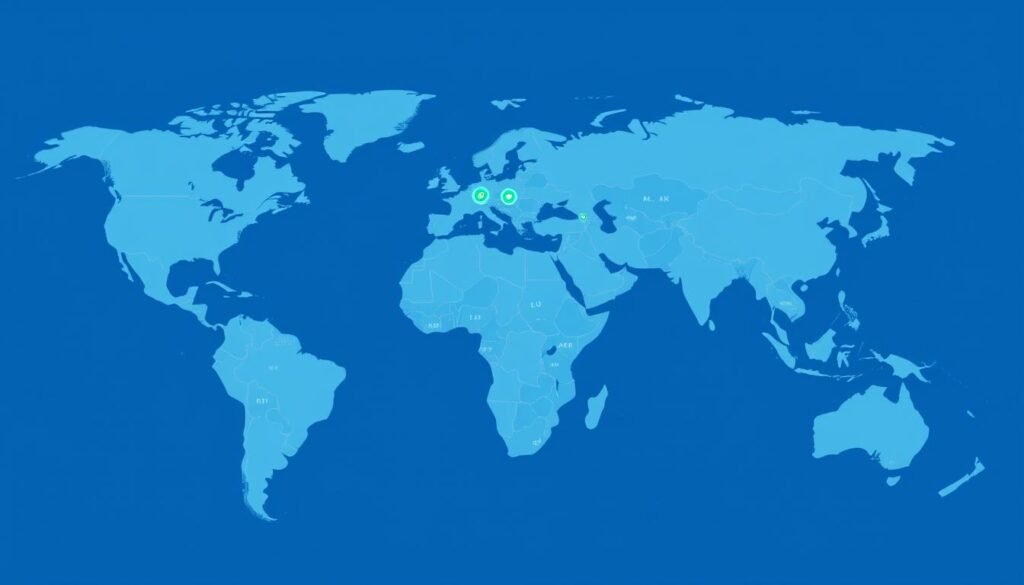
Regional variations in technology policy approaches across major economic zones
Strategies for Harmonizing Technology Innovation with Ethical Governance
Achieving effective Convergence of Technology and International Policy requires deliberate strategies that can bridge the gap between innovation and governance while upholding core ethical principles.
1. Anticipatory Governance
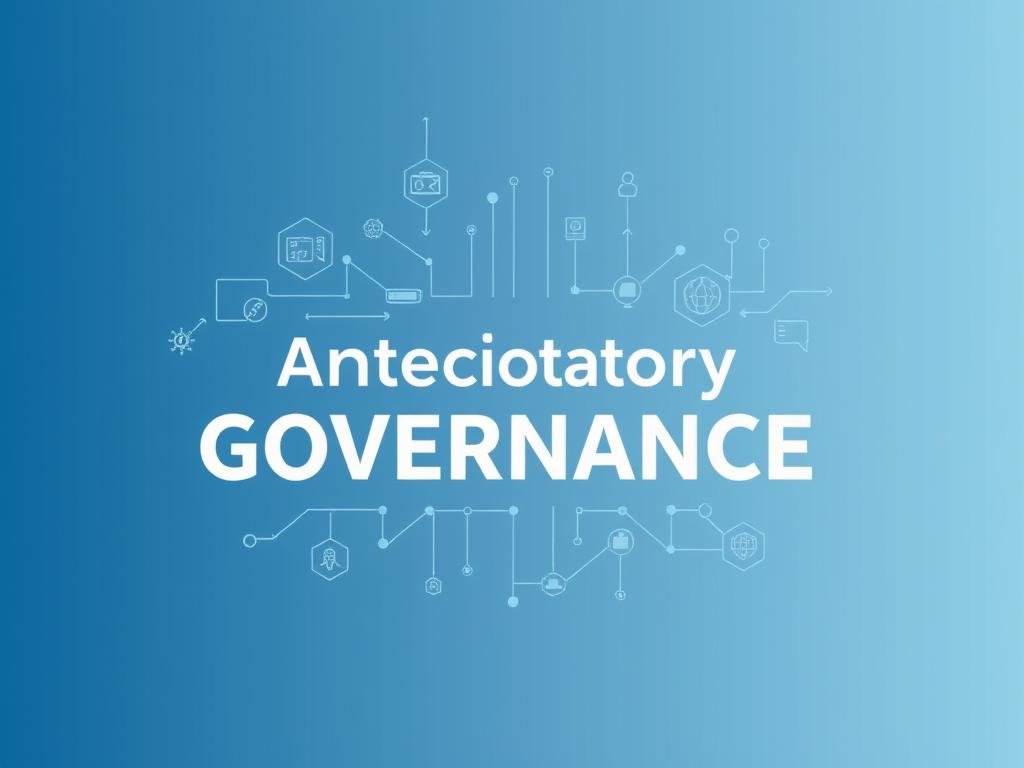
Anticipatory governance employs foresight methodologies to identify emerging technologies and their potential impacts before they reach scale. This approach enables policymakers to develop frameworks proactively rather than reactively, reducing governance gaps and providing greater certainty for innovators and society.
Key elements include technology assessment, scenario planning, and inclusive stakeholder engagement to ensure diverse perspectives inform governance approaches. Organizations like the World Economic Forum have pioneered these methods through initiatives focused on technology convergence.
2. Principle-Based Regulation
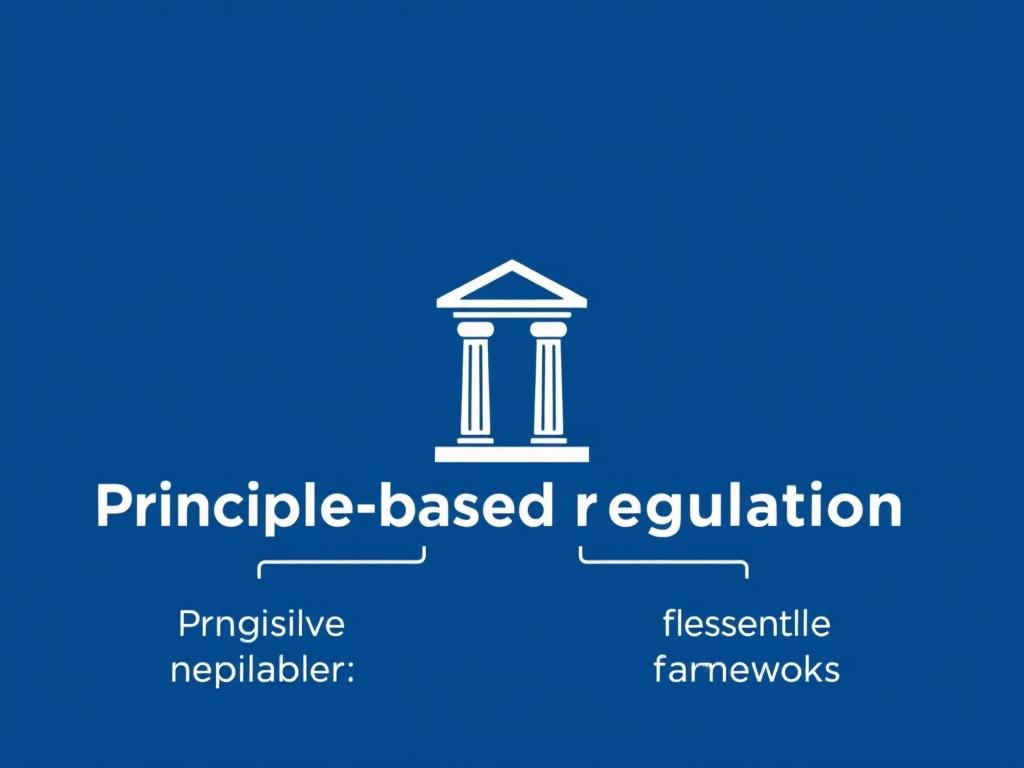
Rather than prescriptive rules that quickly become obsolete, principle-based regulation establishes enduring values and outcomes that should guide technological development. This approach provides flexibility for innovation while maintaining consistent ethical standards across evolving technologies.
Examples include the OECD AI Principles and the G20 AI Principles, which establish core requirements like transparency, accountability, and human-centricity without mandating specific technical implementations.
3. International Coordination Mechanisms
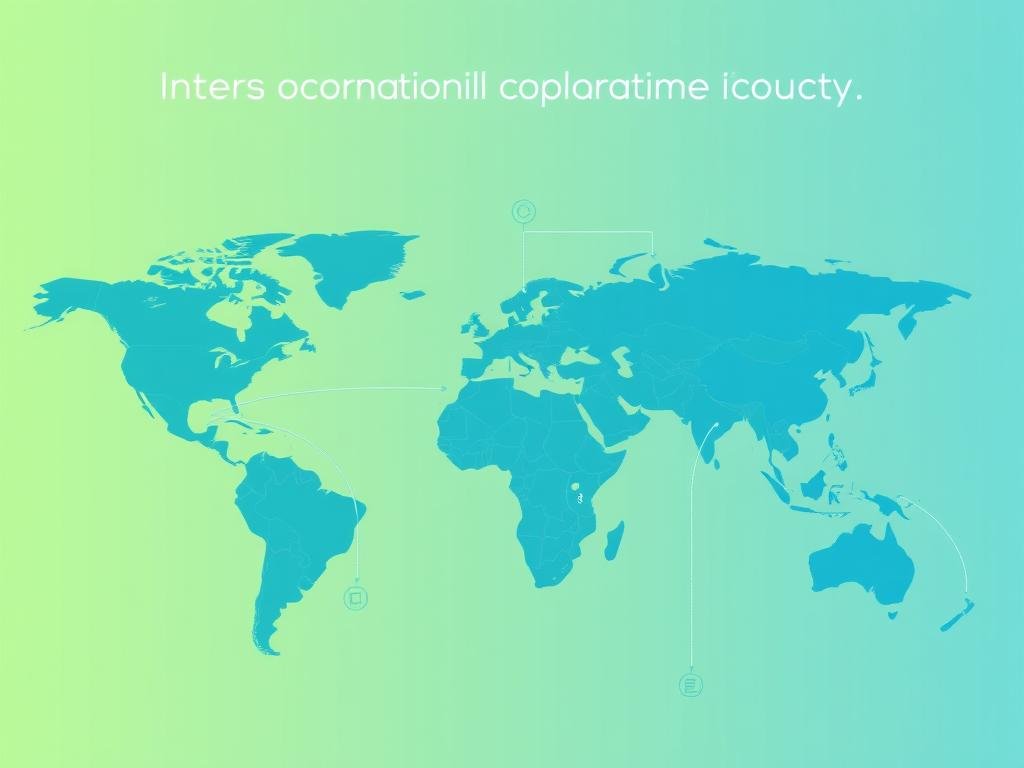
As technologies transcend borders, effective governance requires coordinated international approaches. Formal and informal coordination mechanisms help align regulatory frameworks, reduce compliance burdens, and prevent regulatory arbitrage.
These mechanisms range from binding treaties to voluntary standards and multi-stakeholder forums. The International Telecommunication Union (ITU), Internet Governance Forum (IGF), and various standards bodies play crucial roles in facilitating this coordination.
4. Adaptive Governance Models
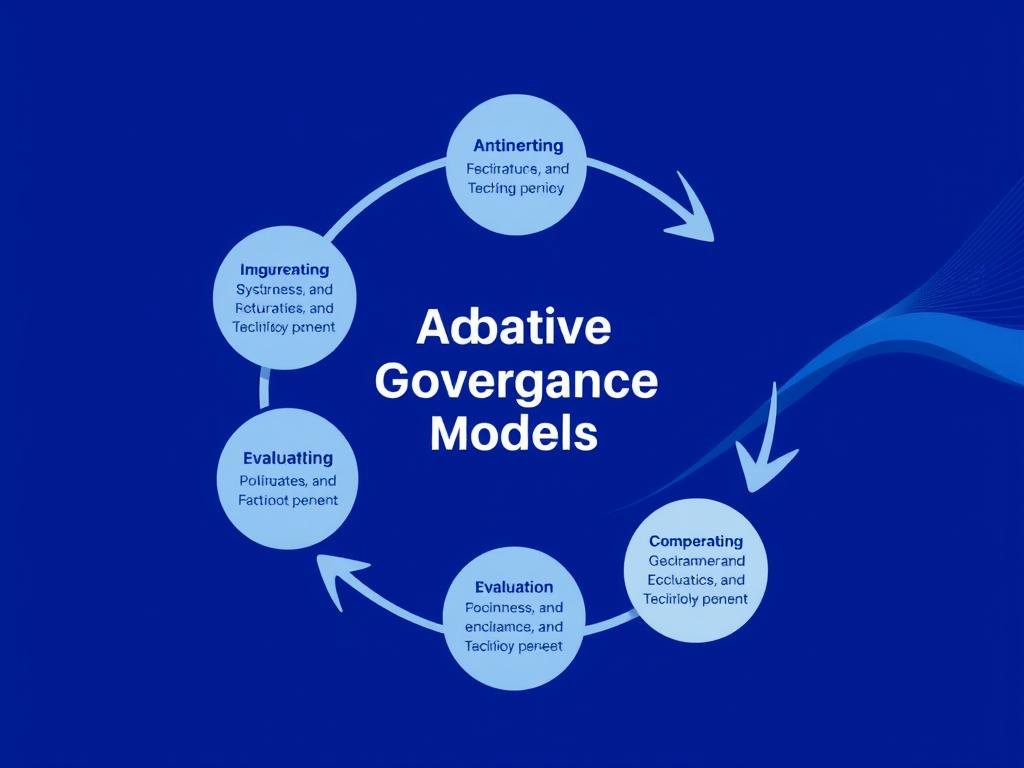
Adaptive governance embraces iterative approaches that can evolve as technologies and their impacts become better understood. This model incorporates regular review mechanisms, feedback loops, and the capacity to adjust regulatory responses based on evidence and experience.
Regulatory sandboxes exemplify this approach by creating controlled environments where innovative technologies can be tested alongside evolving governance frameworks, generating insights that inform broader policy development.
Implement Effective Technology Governance
Explore our advisory services on developing adaptive governance frameworks for emerging technologies.
Key Takeaways
Essential Insights on Technology-Policy Convergence
- Symbiotic Relationship: Technology and policy exist in a continuous feedback loop, each shaping the development of the other.
- Temporal Mismatch: The exponential pace of technological change creates fundamental challenges for linear policy processes.
- Regional Variations: Different regions have developed distinctive approaches reflecting their values and priorities.
- Adaptive Frameworks: Effective governance requires flexible, principle-based approaches that can evolve with technology.
- Multi-stakeholder Engagement: Inclusive processes incorporating diverse perspectives lead to more robust and effective policy outcomes.
Conclusion: Toward a Balanced Approach
The Convergence of Technology and International Policy represents both a significant challenge and an unprecedented opportunity. By developing governance approaches that can keep pace with technological change while upholding core ethical principles, we can harness the transformative potential of emerging technologies while mitigating their risks.
Success will require unprecedented collaboration across sectors, disciplines, and borders. It will demand new governance models that balance innovation with responsibility, flexibility with predictability, and technological progress with human values. Through these efforts, we can shape a future where technology and policy converge to create more prosperous, sustainable, and equitable societies.
Stay Informed on Technology Policy Developments
Subscribe to our monthly briefing on emerging trends in technology governance and international policy.
➡️ Baca Juga: Jelajahi Tempat Makan Cozy untuk Hangout di Miami
➡️ Baca Juga: Pebulutangkis Indonesia Raih Emas di Olimpiade





